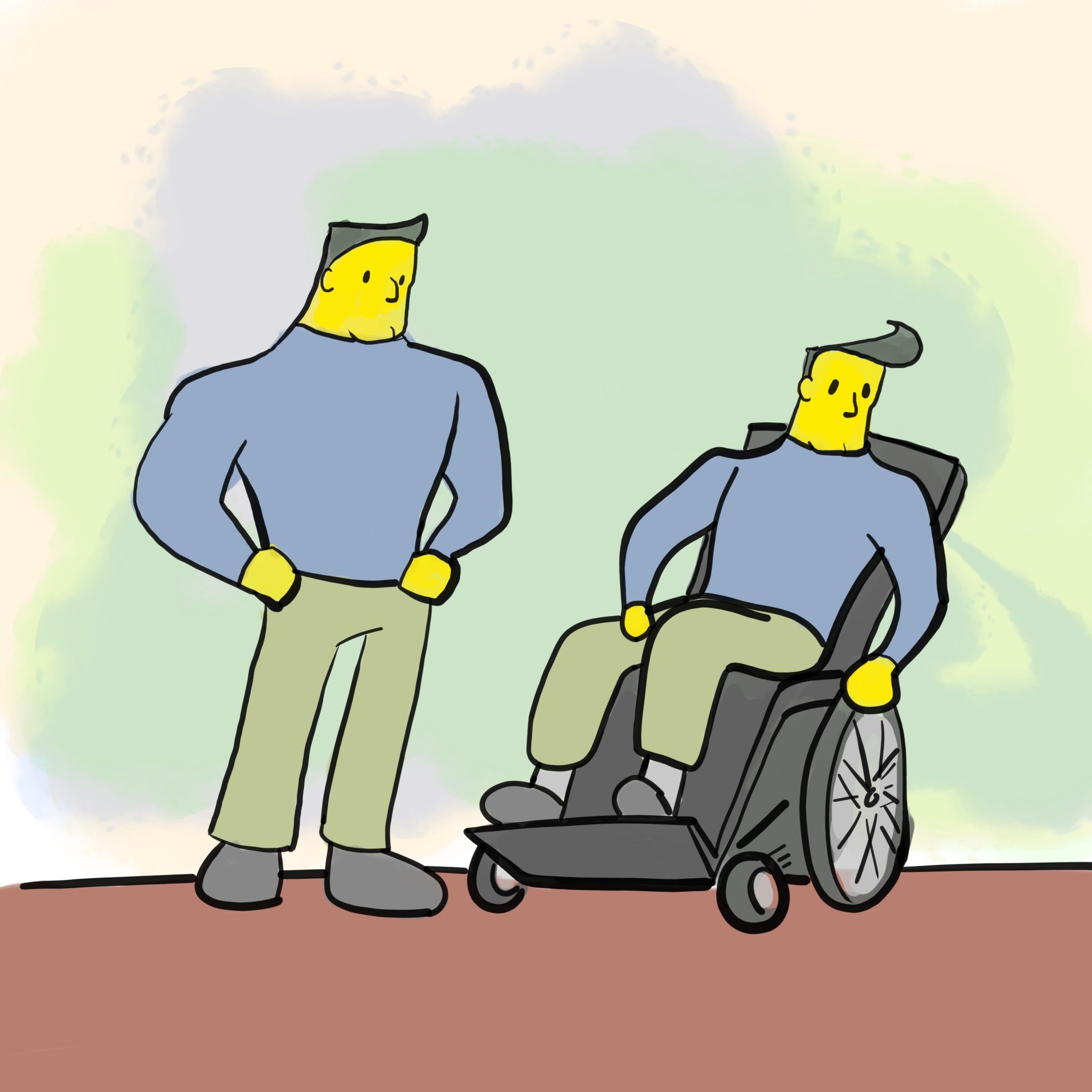Bryan Cranston’s new role sparks discussions on disability representation


On Friday night after the long week’s haul, I attended a movie that has, perhaps expectedly, become a topic of controversy, but left me speechless and in awe.
Bryan Cranston stars alongside Kevin Hart in The Upside as a paraplegic. Some have questioned if minority groups should be represented on film by non-members of that group. Cranston, an able-bodied actor, faced backlash for his role as a disabled man.
When asked about his role on an ET Canada interview, Cranston responded to the controversy.
“I’m wealthy, I’m very fortunate, does that mean I can’t play a person who is not wealthy? Does that mean I can’t play a homosexual? I don’t know. Where does the restriction apply? … I think it is worthy for debate to discuss those issues.”
I agree, debate is needed. Indeed, the film touches on a number of important social discussions.
Based on a true story, Dell (Hart) is an African American ex-con. He struggles to reconnect with his son and pay child support to his ex. He becomes a caretaker for Philip (Cranston) who is a wealthy white man, burdened with paralysis after an accident.
Philip’s life is devoid of meaning when we first meet him. Sympathetic applicants speak to him gently, which irritates Philip who knows no amount of pretending will make his life easier.
Dell enters and is blunt, outspoken and a tad offensive. Seeing this, Philip smiles for the first time in the film. He sees real potential here.
When Dell and Philip appropriate jokes about each other’s status, the humorous approach lifts the heavy sentiment of these very real topics and allows healthy conversation to be had by showing that laughter always lifts spirits when dealing with difficulty.
Dell is hired. We immediately see the characters starkly contrast one another. Their weaknesses quickly become each other’s strengths.
While Philip is unimaginably rich and powerful, immobility leaves him deeply dependent on others. His perspective is pessimistic. Dell attempts to make amends with his family but struggles to overcome his past decisions, become responsible and learn to care for others.
The film is immediately understood to be comedic through its playful jokes. The best ones come at times when a character feels helpless in their situation. Cranston captures Philip’s frustration, powerlessness and despair in an intensely emotion evoking performance. All the while, Dell makes jokes about his impairment that immediately lightens Philip’s mood.
The focus began with whether minority roles like paraplegics should be played by able-bodied actors, but the goal to build understanding of these issues is to have the issues themselves portrayed well. Somebody identical to the character at hand wouldn’t be an actor, so we wouldn’t have a movie.
Both actors perform beautifully. Cranston and Hart are not their characters, but the skill and purpose of an actor is to embody a character to bring stories to life. They are merely tools to convey larger messages at hand.
The film showcases humour that leads to the sharing of culture and developing respect. Offensive jokes lead to a more relaxed and positive outlook on both of their lives. Two radically different worlds give each character a much needed outside perspective to make life-changing shifts.
When Dell and Philip appropriate jokes about each other’s status, the humorous approach lifts the heavy sentiment of these very real topics and allows healthy conversation to be had by showing that laughter always lifts spirits when dealing with difficulty.
It doesn’t matter that an able-bodied actor played a paraplegic man. The focus of the film addresses so many important issues, as well as disability, and opens them up for discussion. Wealthy versus worker culture, single-motherhood, black and white narratives, pain, depression, acceptance and salvation are just some of the topics addressed.
Shifting the focus away from those who specifically plays the characters brings attention to the fact that the film did a tremendous job of representing the struggles disability brings while showing a story of other issues that can be inspiringly overcome.


